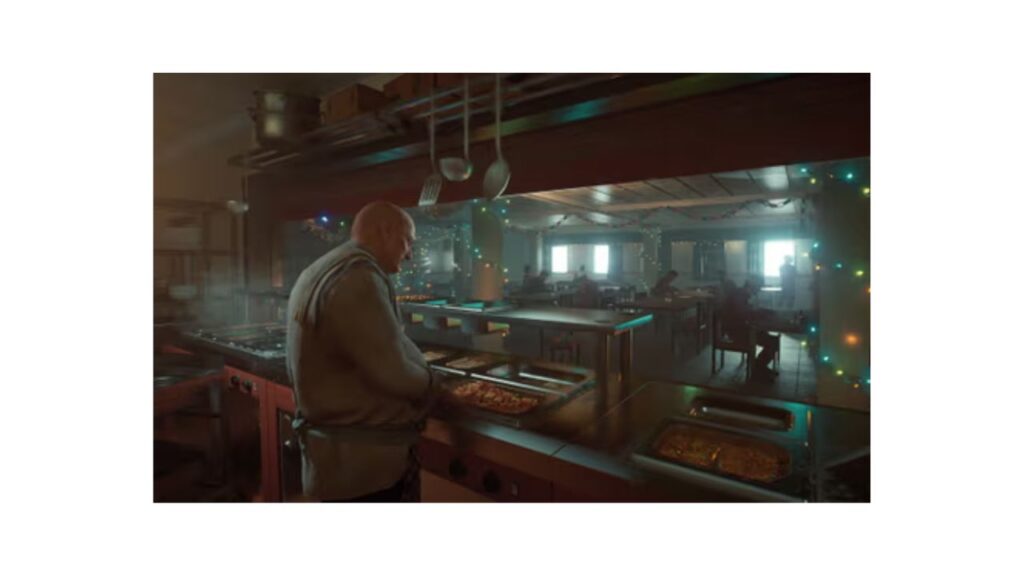This horror game’s acting and visual design do a superb job of creating atmosphere, but the gameplay is so boring that it consistently falls flat.
This story’s concept is a genre classic: after an oil rig worker aboard Beira D accidentally hits something with their drill, an unidentified creature attacks the ship and begins killing the crew members one by one. Scottish electrician Cameron “Caz” McCleary, who was sacked from his remote job following a violent altercation at a bar, is already leaving the rig when it occurs. We put on his work boots as he frantically looks for a way out.
Even though The Chinese Room, the development team behind Amnesia: A Machine for Pigs and Everybody’s Gone to the Rapture, is nearly completely different from the team behind Still Wakes the Deep, they are all known for their realistic sound design, striking acting, and high visual fidelity. The oil rig in Still Wakes the Deep is arguably the most lifelike in any media to date, complete with a maze of dangerously creaking metal ladders and hundreds of tiny hissing valves. This isn’t a place to advise people about health and safety, even in the absence of an advancing terror from the deep, and the rig is unquestionably the game’s most notable character.

You’ll never play a more Scottish game than Still Wakes the Deep, with an incredible volume of profanity. Both when Caz is reflecting on the events that led him to the Beira D. and when he is speaking with his few surviving coworkers, every exchange of language is a wonderful illustration of how natural talks should sound. However, the game is only six hours long, so there isn’t enough time for character development beyond the obligatory introductions. It’s hard to feel any sympathy for them because of this, and it doesn’t help that other characters will call you back in succession just to hear them die on the other end of the line.
One of The Chinese Room’s most engaging games, it requires you to do much more than simply explore the environment and take in the sights. But as a knowledgeable player, I pose a serious threat to its gameplay design. I couldn’t help but sigh the first time I saw yellow paint smeared on a ledge that I was supposed to grip onto in Still Wakes because every gameplay element has been utilized in so many games. The yellow is then all over the place. I can jump through the yellow rim of the bullseye, and the yellow tarpaulin indicates where I need to climb. The Beira D transforms from a captivating maze into a seamless parkour course.

When adversaries materialize, Caz is powerless to defeat them. Rather, he has to slip by. There are lots of hiding places and things to toss to divert attention in rooms that I frequently pass through multiple times before having to start hiding there. This should be tense, but similar to how it handles navigation, the game makes it very obvious what’s coming and going (at one point, a rig worker literally yells across a big, echoing room that the monster is actually leaving), leaving me with little choice but to follow the path.
I was disappointed to learn that the monsters were not at all bothered by my headlamp, which made sneaking about rather simple. Alternatively, I might misjudge a jump only for the purpose of the camera and be forced to repeatedly watch McCleary curse as he falls to his death, which would ease the tension. The constant requirement to assist the player conflicts with the necessity for a horror game to occasionally keep us in the dark. I was left with a game I endured to see what happened to a character I wasn’t all that invested in whenever the illusion broke.
Although Still Wakes the Deep does a good job of capturing the mood of an ordinary man without any particular abilities attempting to survive in the most hostile setting possible, there aren’t enough genuine shocks or captivating moments to make the film stand out beyond that.
